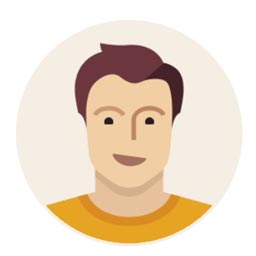Inside Iran’s impenetrable fordow nuclear site: Buried deep and built for war

Iran’s Fordow nuclear site, buried under mountains near Qom, is fortified against airstrikes and central to fears about Tehran's nuclear ambitions.
Nestled within the mountains near the holy city of Qom, Iran’s Fordow Fuel Enrichment Plant is one of the most fortified and secretive nuclear facilities in the world. Recent satellite imagery reveals only five visible tunnels, a major support structure, and a sweeping security perimeter—clues to a facility that has sparked global concern for over a decade.
Fordow came to international attention in 2009, when then-U.S. President Barack Obama, joined by France’s Nicolas Sarkozy and Britain’s Gordon Brown, revealed the existence of the site to the world. Its vast underground chambers—estimated to be 80 to 90 meters (262 to 295 feet) below ground—place it beyond the reach of conventional aerial bombs, including those in Israel’s arsenal.
While Iran insists its nuclear program is for peaceful purposes, experts and global leaders remain skeptical. The sheer scale and secrecy of Fordow have fueled fears that it could be used to rapidly convert enriched uranium into weapons-grade material. The facility, analysts say, may play a crucial role should Iran accelerate towards building a nuclear weapon, especially amid recent Israeli airstrikes that have rattled Iran’s leadership but reportedly left Fordow unscathed.
Construction of Fordow began in the early 2000s, during what experts call Iran’s “crash nuclear weapons program.” Satellite images as far back as 2004 show the early development of tunnel entrances and ventilation systems. The International Atomic Energy Agency (IAEA) has even deeper archival images dating to 2002.
According to David Albright, head of the Institute for Science and International Security, “The idea was they [Iran] would make weapon-grade uranium in that plant and obtain low-enriched uranium from the civil nuclear program.”
Iran told the IAEA in a 2009 letter that Fordow was built underground due to “threats of military attacks” and was intended as a backup to its Natanz facility—another key uranium enrichment site.
Today, the facility is believed to be capable of housing up to 3,000 centrifuges. Though its true scale and status remain closely guarded secrets, Fordow stands as a symbol of Iran’s determination—and defiance—in the face of mounting international scrutiny and pressure.







